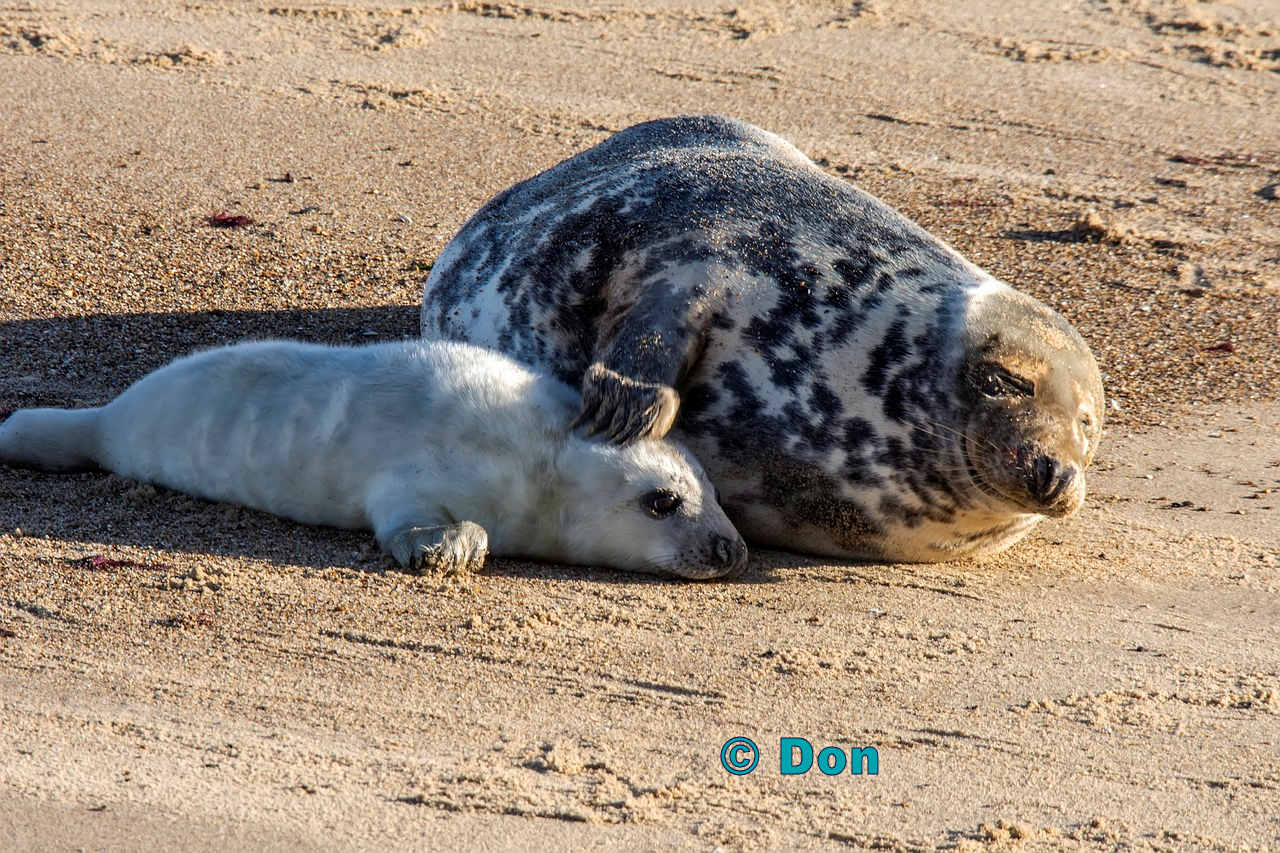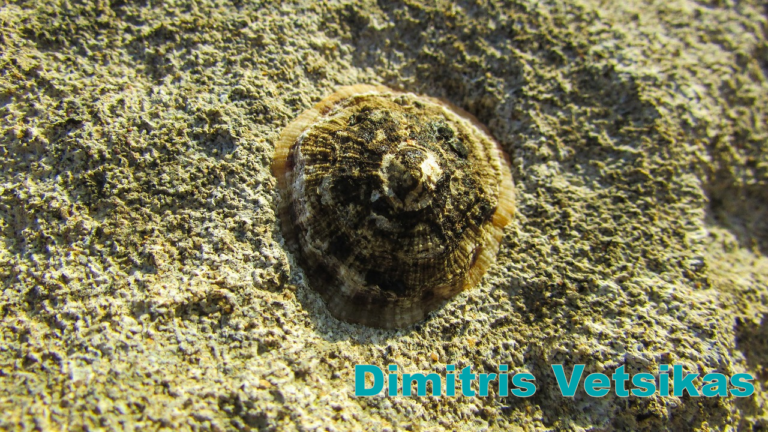Grey Seal (Halichoerus grypus)
Grey Seal (Halichoerus grypus) – Grijze Zeehond
Taxonomy: The Grey Seal belongs to the Phocidae family, also known as true seals. The name Halichoerus grypus means “hooked-nosed sea pig” in Greek, referring to their distinctively shaped nostrils.
Species: There are two main populations of Grey Seals: the Eastern Atlantic population and the Western Atlantic population. They differ slightly in size and behavior.
Habitat: Grey Seals inhabit cold waters across the North Atlantic. They are commonly found along rocky coasts, sandy beaches, and ice shelves.
Diet: Grey Seals are carnivorous and feed on fish, crustaceans, and squid. They hunt underwater and can dive as deep as 70 meters.
Reproduction: Breeding season occurs in autumn and winter. Males, called bulls, compete for females, known as cows. Pups are born with white fur and nurse for about three weeks before learning to swim and hunt.
Unique Traits: Grey Seals are excellent swimmers, using their hind flippers for propulsion. On land, they move awkwardly by wriggling their bodies.
Conservation: While Grey Seal populations have recovered in some areas, they face threats from pollution, entanglement in fishing gear, and habitat loss. They are protected under various international agreements.
Grey Seals: Majestic Marine Mammals
When you think of seals, playful animals lounging on rocks might come to mind. The Grey Seal, however, is a unique species with remarkable traits and behaviors. Found along the rugged coasts of the North Atlantic, these marine mammals play an essential role in ocean ecosystems.
What Makes a Grey Seal Special?
The Grey Seal is easily recognized by its elongated head and large nostrils. Males are significantly larger than females and can weigh up to 310 kg. They are social animals, often gathering in groups called colonies during breeding and molting seasons.
A Day in the Life
Grey Seals are adept hunters. They use their sharp eyesight and whiskers, called vibrissae, to detect prey in dark or murky water. When not hunting, they rest on land or ice, conserving energy for their next dive.
Family Life
Grey Seals have a fascinating reproductive cycle. After fierce competition, males mate with multiple females. The pups, born during the harsh winter months, rely on their mothers’ rich milk to grow quickly. Once weaned, they are left to fend for themselves.
Why Protect Grey Seals?
Grey Seals are key to maintaining balance in marine ecosystems. They control fish populations, which benefits biodiversity. However, they are vulnerable to human activities like fishing and pollution.
Conclusion
Grey Seals are more than just charismatic animals; they are vital members of the ocean’s ecosystem. By protecting them, we ensure healthier seas for future generations. Next time you see a seal in the wild, take a moment to appreciate its role in the delicate balance of marine life.






